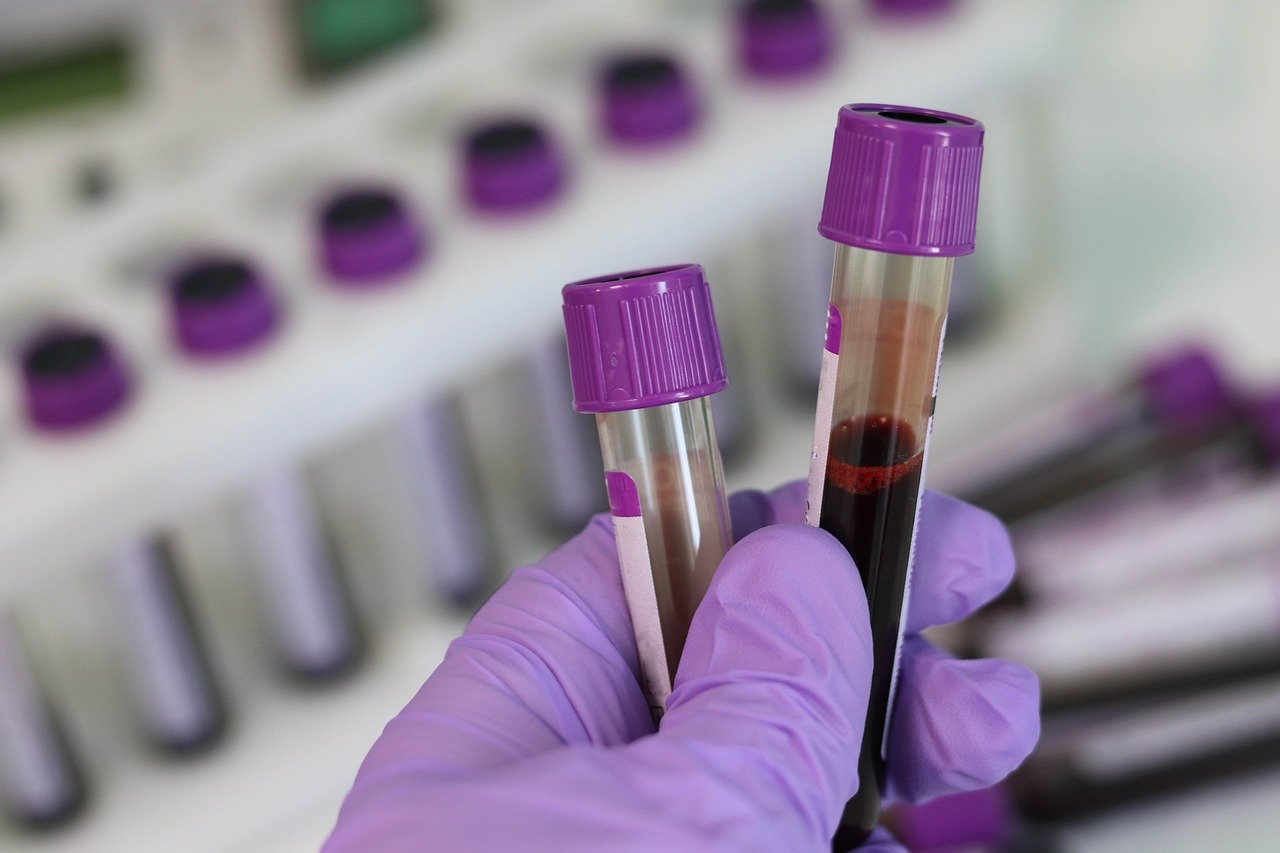Blood sugar control in decline

While the tools for monitoring blood sugar get better and the insulins act faster, there’s a worrying trend. Blood sugar control is not improving in America. In fact, it’s going the opposite way. A new major study from researchers at Johns Hopkins shows that blood sugar control is in decline. The study found that while glycemic control improved in the noughties, things took a turn for the worse in the past decade. Not only is blood sugar a problem, but there’s also a significant drop in the number of people who control their blood pressure well.
The study, which ran from 1999 to 2018, used a sample group of 6653 diabetics. It defined glycemic control at an HbA1c below 7%, or 53 mmol/mol, which is already well into the diabetic range. An HbA1c at that level corresponds to an average blood sugar of 155 mg/dl (8.6 mmol/l). That is almost double what you’d expect in a non-diabetic individual. In other words, the study was generous in setting blood sugar targets, yet still, few of the participants met them. The percentage of people with an HbA1c below 7% rose from 44% between 1999-2002 to 57.4% between 2007-2010. It then dropped to 50.5% between 2015-2018. The trend should be a wake-up call when it leaves millions of American diabetics at an increased risk for complications.
You can ask yourself what the reason is for this paradox – as the technology used to treat diabetes improves, the blood sugar control declines. One possible cause could be that doctors have relaxed glycemic targets after the findings from the ACCORD and ADVANCE trials in 2008. They showed that intensive lowering of HbA1c to very low levels didn’t see the cardiovascular benefits expected.
Another potential culprit is the medical community’s obsession with the idea that diabetics should follow a normal diet. We point people towards the Eatwell Plate rather than restrict carbohydrates. Faster-acting insulin promotes a high-carbohydrate diet, even though it’s almost impossible to match the influx of glucose from a high-carbohydrate meal with injected insulin. Continuous glucose monitors become the tool that enables us to eat whatever we want, rather than a device to extract information and tighten control.
According to the CDC, 10.5% of the US population now have diabetes, and 34.5% are prediabetic. Worldwide, 422 million people have diabetes, with the majority in low- and middle-income countries. To avoid a massive health crisis, we need to address how we treat the disease and help patients achieve lower glycemic targets. When doing so, we might have to get used to the idea that dosing for normal eating is not the best treatment strategy.